Cherry variety Podbelskaya
There are not so few old varieties of cherries that have passed the test of time, but some of them are special, such as, for example, Podbelskaya. Its history began in the 19th century. German breeder K. Koch crossed 2 old varieties - one Spanish, called Griot Ostheim, the other European - Lotovaya. As a result, a cherry with excellent taste was born. In confirmation of its popularity, one can cite numerous names that belong to Podbelskaya:
- Griot Podbelsky;
- Minister Podbelsky;
- Kokhov;
- Kochs Ostheimer.
The year of inclusion in the State Register of Breeding Achievements of the Russian Federation is 1947. Cherry is approved for cultivation in the North Caucasus region.
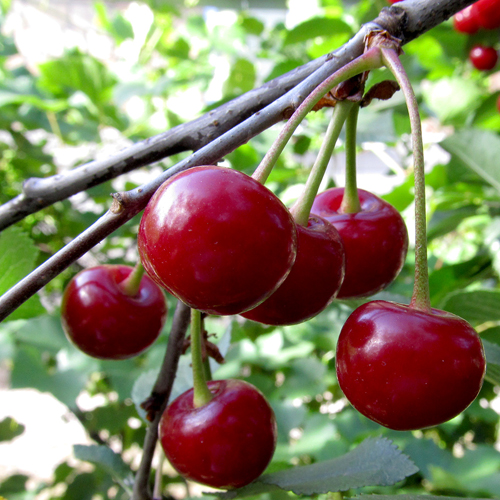
Description of the variety
The plant is very vigorous, tall - up to 5 meters. The crown crowning the tree is dense, differs in smooth rounded lines, but with age it becomes flat-rounded, as if weeping. The bark of the trunk is smooth to the touch, brownish-ash, covered with longitudinal cracks. The branches that form the tiers are strong, dark brown, branch off from the trunk at an angle of 60 - 70 degrees. Shoots grow upward. But those on which the harvest ripens bend and sink under the weight of the fruit. The leaves are broadly oval or obovate, sharply tapering towards the apex. The edge is serrate or double serrate. They are quite large - 11.2 cm long and 6.6 cm wide. The plate is dark green, with a matte or slightly shiny surface. The petiole is 2 cm. The glands are small, brown-brown, in the amount of 1 or 2 at the base of the leaf. But sometimes they can be completely absent.
The flowers are large - 3.2 cm in diameter, saucer-shaped, white. The petals are rounded, slightly corrugated, the apex is round or with a weakly pronounced notch. A characteristic feature of the petal is the teeth at the base on both sides. The stigma of the pistil and the anthers are at the same level. The goblet calyx stands out with an anthocyanin tint. The inflorescence consists of 3 to 4 flowers. The fruiting type of cherry is mixed. 20% of the Podbelskaya crop is formed at the base of annual branches. The rest 80% - on bouquet twigs of shoots that have reached the age of 2 - 4 years.
The fruits of the variety are large, weighing 4-6 grams. The shape is flat-rounded or blunt-hearted, the apex is wide and rounded, the funnel is shallow, the abdominal suture is clearly visible. The skin is thick, dense, glossy, dark red in color, as it ripens, it seems almost black. The pulp is quite dense, dark red, with light streaks, fibrous, but tender and juicy. The taste is excellent, sweet and sour, there may be a piquant bitterness that does not spoil the experience. The juice is deep red. The stone is small, weighing 0.24 grams. From the total mass is 8 - 10%. It is broadly round, asymmetrical, with convex sides, light brown. It separates from the pulp easily. The peduncle is of medium length - 2 or 3 cm, not thick. Attached to the fruit is weak or medium. The separation is dry, sometimes there may be a slight release of juice.
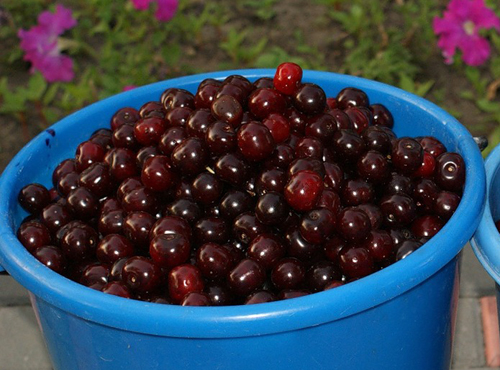
The content of substances in 100 grams of pulp is not the same in different regions. In the Krasnodar Territory: dry matter - 15.2%, sugars - 10.7%, free acids - 1.2%, ascorbic acid - 9.7 mg. In the Lower Volga region: dry matter - 19.6%, sugars - 10.1%, free acids - 1.6%, ascorbic acid - 17 mg.
Characteristics
- Cherry has good early maturity. The crop will appear 3-4 years after planting;
- blooms early;
- berries ripen in an average time. Harvesting in the North Caucasus begins in mid-June. In the Lower Volga region - in early July;
- ripening of berries is uneven, but the fruits can stay on the branches for a long time, do not crumble;
- the yield of the variety is very good, but it has a peculiarity - the productivity increases gradually. According to observations that lasted 10 years, we can say the following. In the Krasnodar Territory, the yield of trees at the age of 7-16 years was about 12.2 kg per tree, the maximum figure was 40 kg. In Crimea, 22-31-year-old trees yielded 76 kg each, maximum yield - 145.3 kg per tree;
- Podbelskaya tolerates drought and heat at an average level, but can get rid of the harvest;
- average winter hardiness. Cherries can suffer from low temperatures in winter - generative buds freeze out. In the spring, during recurrent frosts, buds and flowers may suffer;
- disease resistance is average, the highest lesion score is 2 - 3;
- on calcareous soils containing a large amount of lime, it rarely suffers from chlorosis, only with prolonged droughts or prolonged flooding of the site;
- transportability indicators are usual;
- the use of berries is universal. They are suitable for fresh consumption, preparation of desserts and preservation.
Pollinators
Podbelskaya is self-infertile, which means that there will be no good harvest without pollination. To remedy the situation, varieties are planted nearby that bloom at the same time as the described cherry and do an excellent job of cross-pollination. Lotovaya, English early, Griot Ostheimsky, Anadolskaya, May Duke are most suitable. Cherries are also good.
Features of growing and care
Since the variety is large, the height of the tree should be kept under control by formative pruning. With age, when fruiting moves to the periphery of the crown, rejuvenation is carried out. Another rule of care that should not be neglected is watering. If it is insufficient, the tree will simply shed its fruits. In cool regions, in order to avoid frost breaks and freezing, the boles should be insulated. Preventive treatments will help avoid diseases and pest infestations.
The undoubted advantage of Podbelskaya is its taste, yield and resistance to coccomycosis. But in order for fruiting to be stable and abundant, it is necessary to correctly fulfill the requirements of agricultural technology. This is especially true for watering and preparing for the winter. Also, the height of the unformed cherry can create inconvenience during harvesting.
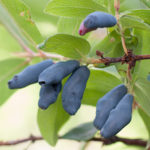
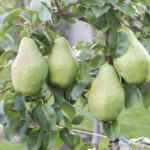

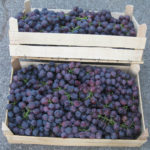
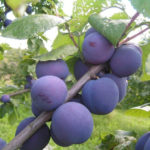
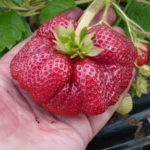



I have been growing this cherry for a long time, I respect it for its taste. My tree is already old, but fruitful. True, it is very sensitive to frost and drought. If frosts hit during flowering, there may be no harvest. To preserve inflorescences in early spring, I use the method of "fumigation" with smoke. I make fires to cover the trees with smoke. Cherry care is simple, the tree serves for a long time and bears fruit well if fertilized and watered twice a season. You can make juice or jam from cherries. The berries are tasty, but not stored for a long time.